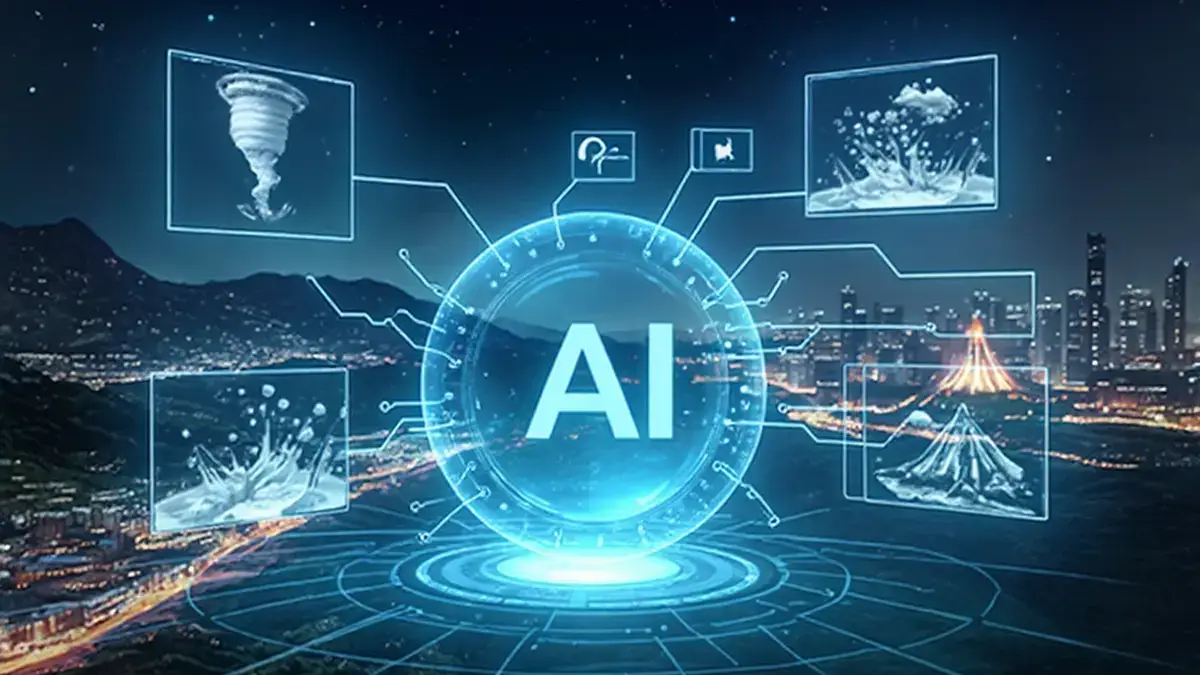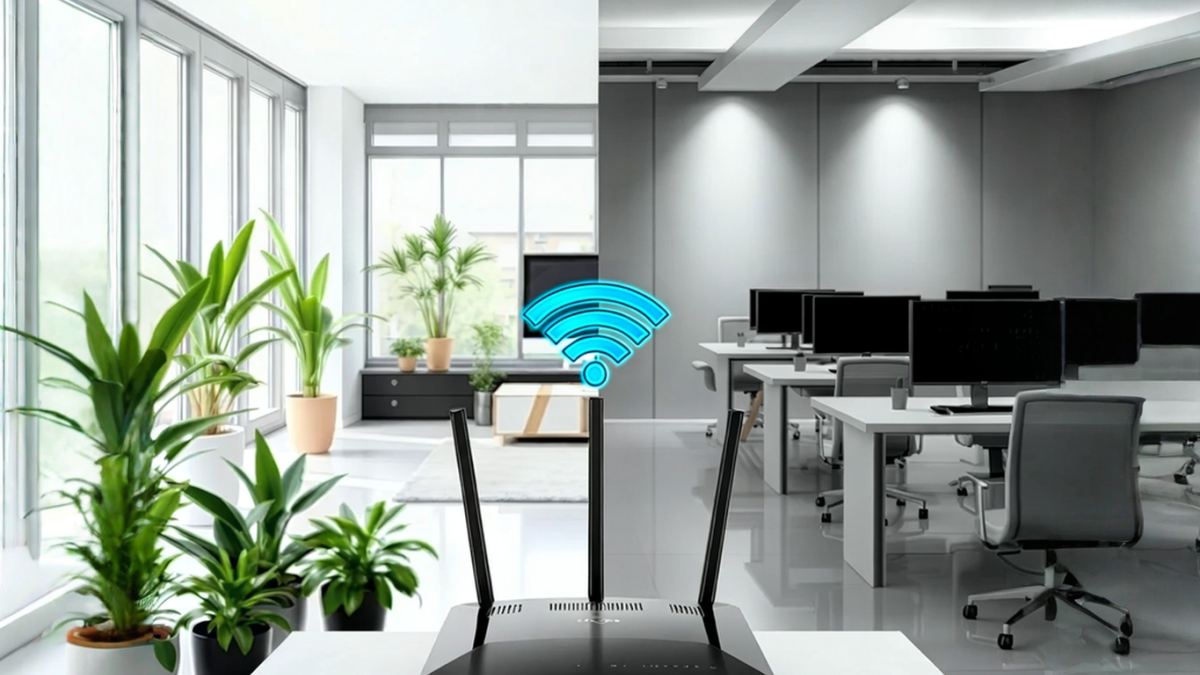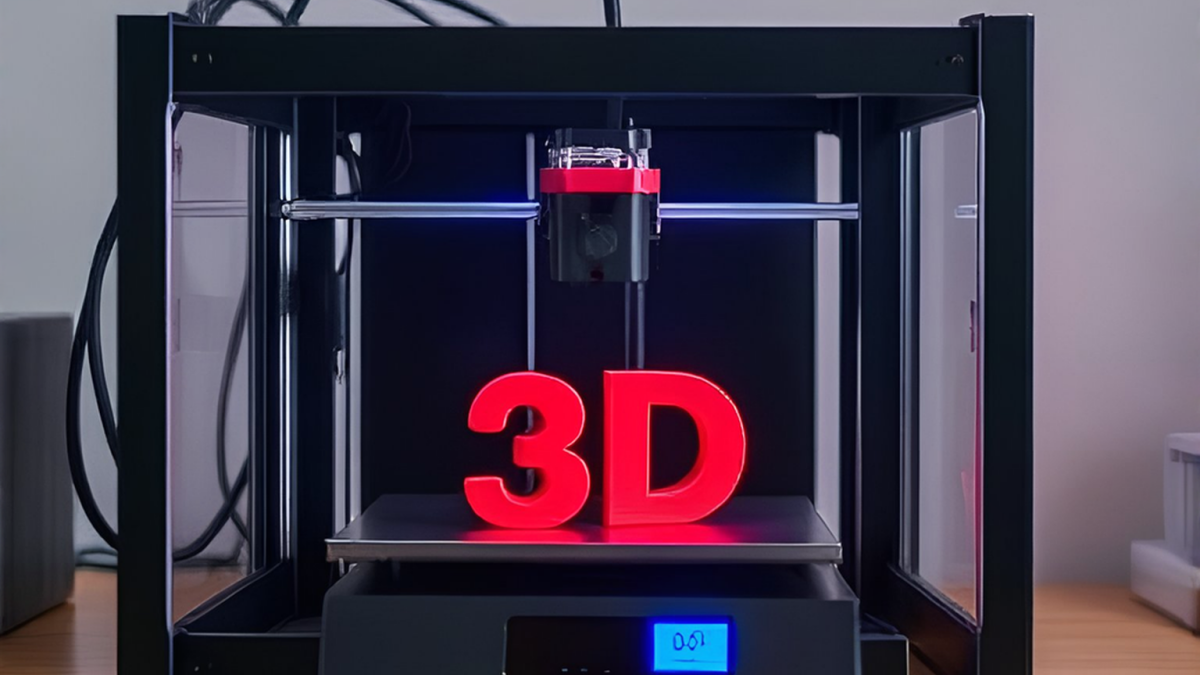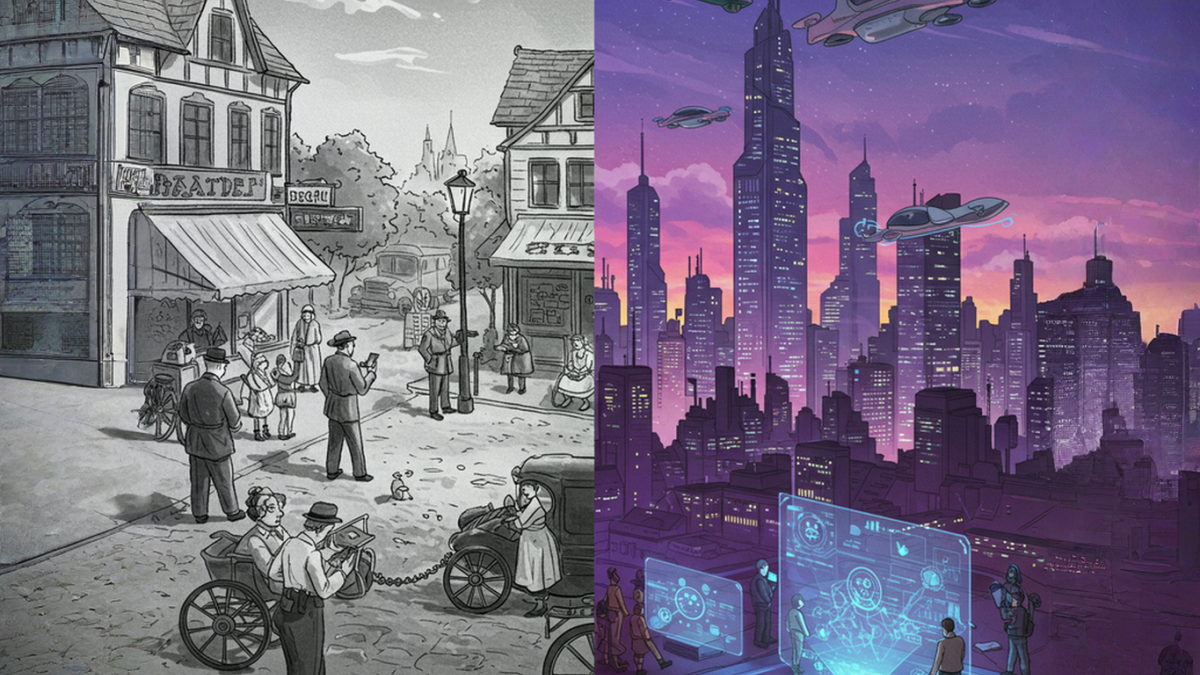The high-tech drone industry is undergoing significant evolution, fueled by breakthroughs in artificial intelligence (A.I.), autonomous systems, sensor technology, and a broader range of applications in sectors such as agriculture, logistics, defense, and entertainment. In this overview, we will highlight key industry trends and explore at 10 leading drone brands that are influencing the market.

Technical Aspects of Drone Operation
The operation of unmanned aerial vehicles (UAVs), commonly known as drones, requires a deep understanding of integrated systems. This encompasses hardware, software, and adherence to regulatory frameworks. Here’s a comprehensive overview of the technical information related to flying drones:
1. Types of Drones
- Multirotor Drones: Most common, including quadcopters, hexacopters, and octocopters. They are stable and easy to control, making them ideal for aerial photography and recreational use.
- Fixed-Wing Drones: These have wings like an airplane and are more efficient for long-distance flights but require more space to take off and land.
- Single Rotor Drones: Similar to helicopters, these drones can carry heavier payloads but are more complex to fly.
- Hybrid Drones: Combine features of fixed-wing and multirotor, capable of vertical takeoff and landing (VTOL) while also flying for long distances.
2. Key Components
- Frame: The physical structure that holds all components.
- Motors: Brushless motors are commonly used for propulsion.
- Propellers: Generate lift; size and pitch affect performance.
- Flight Controller: The brain of the drone, responsible for stability and navigation.
- Battery: LiPo (Lithium Polymer) batteries are common due to their high energy density.
- GPS Module: Provides location data for navigation and is essential for features like Return-to-Home.
- Sensors: Include accelerometers, gyroscopes, barometers, and sometimes lidar or cameras for obstacle avoidance and stabilization.
- Transmitter and Receiver: Allow communication between the pilot and the drone.
3. Flight Dynamics
- Lift: Generated by propellers; affected by speed, angle of attack, and atmospheric conditions.
- Thrust: The forward motion created by the motors.
- Drag: The air resistance that opposes thrust.
- Weight: The total mass of the drone and its payload.
4. Control Systems
- Remote Control: Often uses radio frequency (RF) signals; can be manual or autonomous.
- Autonomous Flight Software: Enables pre-programmed flight paths, waypoint navigation, and automated features.
- Telemetry: Sends real-time data back to the pilot about battery life, altitude, speed, and GPS coordinates.
5. Software
- Flight Control Software: Used for controlling the drone’s flight and stability.
- Ground Control Station (GCS): Software interface for monitoring and controlling the UAV from the ground.
- Mapping & Imaging Software: Used for processing and analyzing data collected during flights, especially in survey and mapping applications.
6. Applications
- Aerial Photography/Videography: Used in cinematography, real estate, and events.
- Surveying and Mapping: Drones equipped with cameras and sensors can be used for landscape mapping and topographic surveys.
- Agriculture: Crop monitoring, soil analysis, and livestock tracking.
- Search and Rescue: Used for locating missing persons and providing situational awareness in emergency scenarios.
- Delivery Systems: Emerging technology for package delivery by companies like Amazon.
7. Regulatory Considerations
- Licensing and Registration: Depending on the country, UAVs may need to be registered with aviation authorities (like the FAA in the USA).
- No-Fly Zones: Awareness of areas where drone flying is restricted (near airports, military installations, etc.).
- Weight Restrictions: Specific regulations regarding the maximum weight for commercial or hobbyist drones.
- Visual Line of Sight (VLOS): Many jurisdictions require the pilot to maintain a visual line of sight with the drone.
8. Safety and Maintenance
- Pre-flight Checks: Inspecting all components, ensuring battery power, and updating software.
- Flight Limits: Adhering to altitude and distance limits may be mandated by local laws.
- Post-flight Maintenance: Regular maintenance of motors, batteries, and other components to ensure safe operation.
Operating drones involves a sophisticated interplay of mechanical, electronic, and software engineering. Whether used for leisure or professional purposes, a solid grasp of drone technology is vital to ensure both safety and efficiency.

What is Drone FPV Racing?
Drone FPV (First-Person View) racing is an exciting and rapidly growing sport that involves racing drones equipped with cameras and FPV systems, with the goal of completing the course in the shortest time possible. Pilots wear FPV goggles that provide a live video feed from the drone’s camera, giving them a first-person view of the flight.
- Types of Drone FPV Racing:
- Freestyle: Focuses on performing aerial stunts and tricks.
- Racing: Emphasizes speed and agility through obstacle courses.
- Circuit Racing: Involves racing on a closed circuit with multiple laps.
- Drone FPV Racing Equipment:
- Drone: Typically a quadcopter or hexacopter with a lightweight frame.
- FPV Camera: A small, high-resolution camera with a wide-angle lens.
- FPV System: Includes a transmitter, receiver, and goggles.
- Motors and ESCs: High-speed motors and ESCs (Electronic Speed Controllers) for rapid acceleration and deceleration.
- Propellers: Lightweight, high-pitch propellers for efficient thrust.
- Skills and Techniques:
- Throttle Management: Mastering control of the drone’s speed.
- Pitch and Roll: Controlling the drone’s orientation and axis.
- Yaw Control: Managing the drone’s rotation and direction.
- Gate Navigation: Flying through gates and obstacles with precision.
- Recovery Techniques: Recovering from crashes or loss of control.
- Popular Drone FPV Racing Events:
- DRL (Drone Racing League): A professional drone racing league.
- IDRA (International Drone Racing Association): Sanctions drone racing events worldwide.
- FAI (Fédération Aéronautique Internationale): Hosts drone racing world championships.
Let's Watch Some of the Drone FPV Racing Events Videos:
Try This Drone Flight Challenge:
Move Mouse or Touch to Control Drone
Avoid Birds, Fly Past for Points
Click or Tap to Start
Score: 0
Click or Tap to Restart
10 Leading Drone Brands Shaping Aerial Technology:
DJI

The DJI Mavic 3 Pro is a high-end drone featuring three cameras with Apple ProRes support, including a Hasselblad main camera for stunning 20MP photos and 4K video. It boasts omnidirectional obstacle sensing, a 43-minute flight time, and a 15km transmission range using DJI O3+. Compliant with FAA Remote ID, it also offers enhanced safety with new Vision Assist and improved color modes for the tele camera, catering to professional users with its 1TB storage and included accessories.
Holy Stone

The Holy Stone 4K GPS drone, weighing under 249g, requires no FAA or Remote ID registration in the US. It offers a 60-minute total flight time with three batteries, a 10,000-foot control range, and a 4K camera with a GalaxyCore sensor. Its advanced GPS system provides features like auto-return, Follow Me, and Waypoint Flight, and its enhanced remote controller allows for easy smartphone connection without Wi-Fi.
Potensic

The Potensic ATOM 2 is a sub-249g drone with an 8K photo, 4K HDR video camera on a 3-axis gimbal, featuring A.I. tracking and night shot capabilities. It offers a 10km transmission range with a new remote, 96 minutes of flight time, and beginner-friendly features like auto takeoff/landing. With various photo and video modes, including vertical shooting and Dolly Zoom, it provides a versatile and user-friendly experience, supported by fast charging and Potensic Care via the new app.
Ruko

The Ruko F11PRO 2 drone captures 6K photos and 4K video with a premium sensor and 3-axis gimbal for smooth, stable footage. It offers 70 minutes of flight time with two batteries, intelligent GPS modes, and a night mode for enhanced low-light performance. With a 10,000-foot range and safety features like a gimbal cover reminder, it provides a user-friendly experience, backed by Ruko’s customer service.
Autel

The Autel EVO 2 PRO V3, a 6K drone with a 1-inch Sony sensor, offers enhanced transmission, dynamic range, and noise suppression. It features 12-bit A-Log for flexible post-production, 360° obstacle avoidance, and no geo-fencing. With a 40-minute flight time, 9-mile transmission range, and an included Smart Controller SE, this drone is ideal for aerial cinematography and mapping. It also includes two batteries, a hard case, and intelligent flight features like failsafe return-to-home.
GoolRC

The Tinyhawk I Freestyle is a durable, carbon fiber drone designed for enhanced FPV flight. It features a powerful 1103 7000KV motor for optimized flight time, a high-quality RunCam Nano 2 camera, and a switchable 25-200mW video transmitter. With a 115mm wheelbase, it reaches speeds of up to 120km/h and offers a 5-minute flight time on its 1S 450mAh battery.
OBEST

This 4K camera drone is designed for beginners with features like one-button takeoff/landing, auto-hover, and GPS smart return. It includes a remote with a 5.9-inch screen for real-time transmission, a four-sided obstacle avoidance system, and dual cameras. Offering 50 minutes of total flight time with two batteries, it ensures a safe and easy aerial photography experience.
GEPRC

The GEPRC Cinebot 30 is a durable cinematic FPV drone featuring a robust aluminum and carbon fiber frame with a TPU shock-absorbing design. It supports full-sized GoPro cameras, has an upgraded video transmission system, and features a one-piece injection-molded propeller guard with integrated LED lighting. Equipped with a powerful 1804 motor and tuned for both indoor and outdoor flight, it offers low noise and high performance for professional drone shots.
iFlight

The sub-249g Defender25 is a compact and durable FPV drone featuring 4K stabilized video with a 155° ultra-wide angle view via the DJI O3 Air Unit. It boasts a crash-protected, quick-release battery system, integrated high-performance antennas, and optimized landing gear for versatile flight. With easy-access ports and a mini camera mount, it’s designed for both novice and experienced pilots seeking a portable and high-quality FPV experience.
BEZGAR

The BEZGAR BD901 is a pocket-sized 4K drone featuring a 3-axis gimbal with EIS for stable footage, 5G Wi-Fi transmission for a 9850ft range, and a 25-minute flight time. It offers GPS positioning with auto-return, various intelligent flight modes, and a powerful brushless motor capable of withstanding level 6 winds. Designed for both beginners and experienced users, it provides features like headless mode, beginner mode, and altitude hold.
What Will the Future of Flying Drones Be?
Drones will become highly autonomous, using A.I. to navigate and make decisions. Their applications will expand across industries like agriculture, delivery, and public safety. Urban air mobility, with passenger drones, will grow. Regulations will adapt for safety and privacy. Swarm technology will improve efficiency. Batteries will last longer, and communication systems will enhance connectivity. Drones will aid environmental monitoring and integrate with IoT (Internet of Things). The consumer market will expand, with drones used for hobbies and education. Overall, drones will boost efficiency, safety, and sustainability.
Timeline Outlook
- By 2027: Widespread BVLOS (Beyond-Visual-Line-Of-Sight) approvals, mainstream drone delivery (e.g., Amazon Prime Air), and enhanced swarm tech.
- By 2030: Urban drone taxis in select cities, 2-4 hour flight times, and A.I.-driven autonomy for most commercial drones.
- Beyond 2035: Fully autonomous drone networks, space-based drone operations, and integration into daily transport systems.

Related Posts
AI vs. Nature’s Fury: Revolutionizing Natural Disaster Management
AI is revolutionizing how we handle natural disasters—enhancing early warnings, streamlining…
The Must-Have Security Gadget of 2025: Hidden Camera Detectors
Hidden camera detectors are the must-have security gadgets of 2025, helping safeguard privacy and…
Top 10 Best-Selling Portable EV Chargers
As electric vehicles (EVs) grow in popularity, a reliable portable charger is essential. Here are…
Which Top 10 Smart Home Products on Amazon Will Upgrade Your Life?
Discover the top 10 smart home products on Amazon that can simplify and upgrade your daily…
Best Routers by Type: Mesh, Gaming, Smart, and More for Fast, Secure, and Reliable Internet
Explore the best types of routers—including mesh, gaming, and smart options—to enhance your digital…
Top 10 Things to Consider Before Investing in a Hi-Tech 3D Printer
Keep these top 10 essentials in mind before purchasing a hi-tech 3D printer to make the most of…
The High-Tech Revolution: A Before-and-After Perspective
Technology's Before-and-After impact extends beyond tools, transforming environments and societies…
The Ultimate Hi-Tech Wish List: Gift Ideas for the Gadget Enthusiasts
Whether it’s for a birthday, holiday, or just to show you care, this hi-tech wish list will help…
5 Best-Loved Hi-Tech Virtual Pets
Discover the best-loved hi-tech virtual pets, where cutting-edge A.I., blockchain, and interactive…











